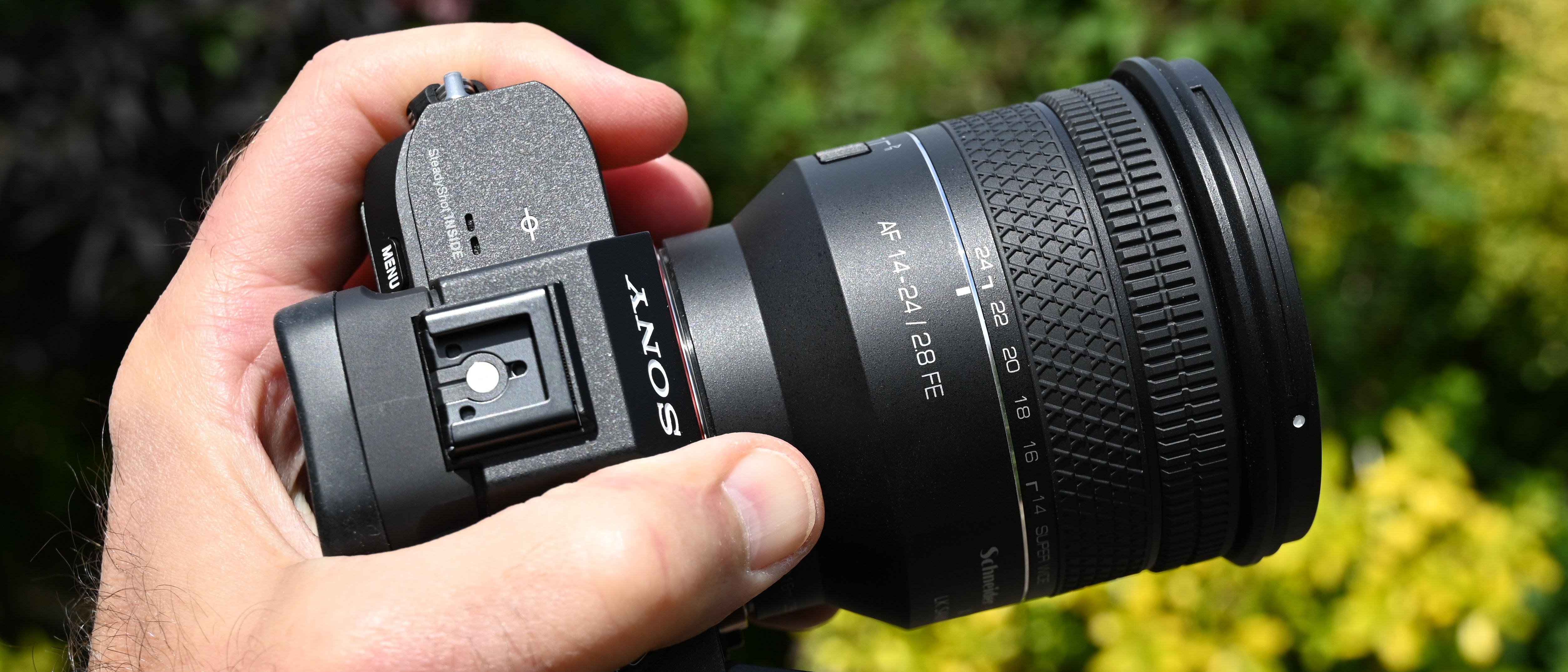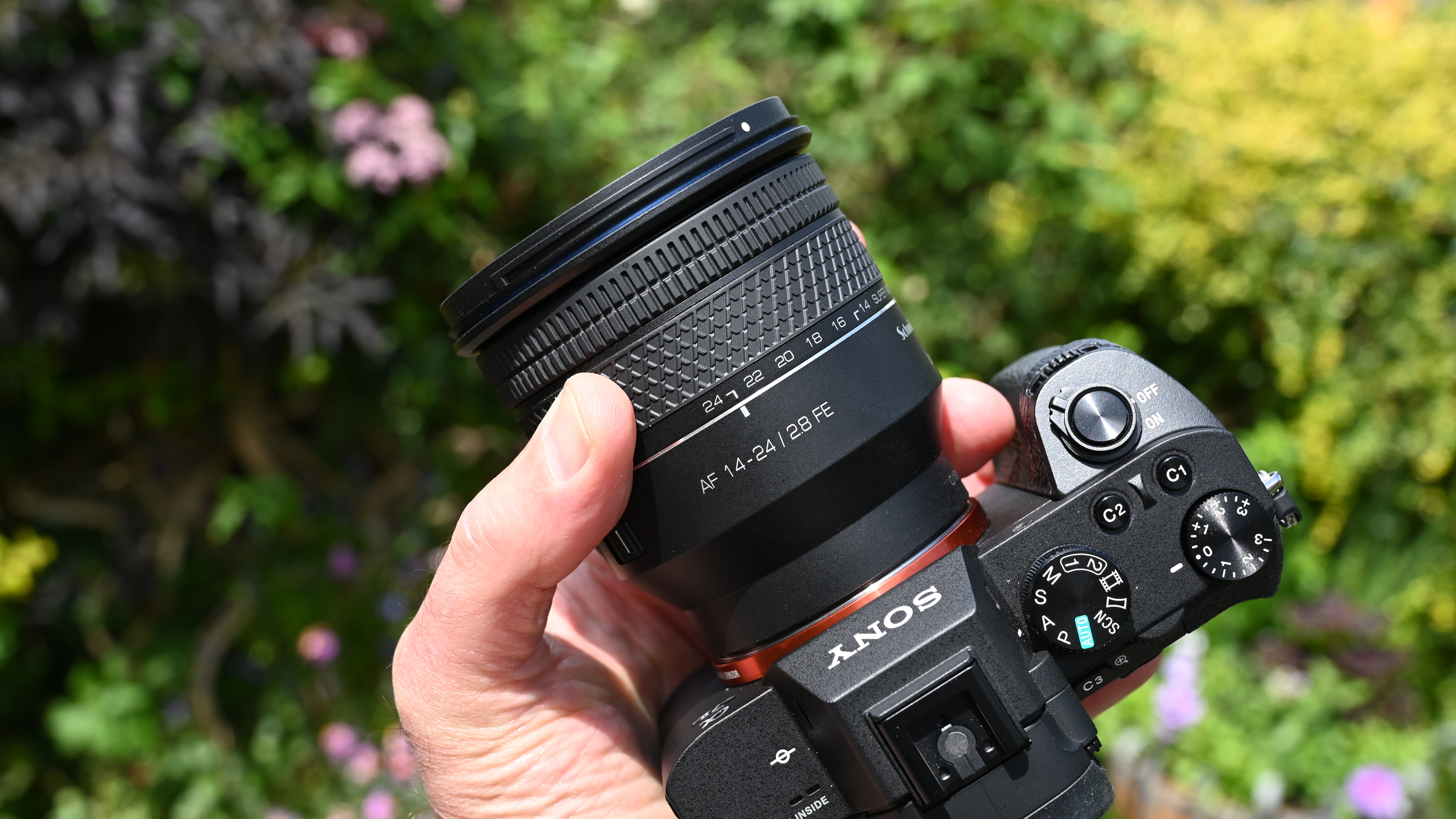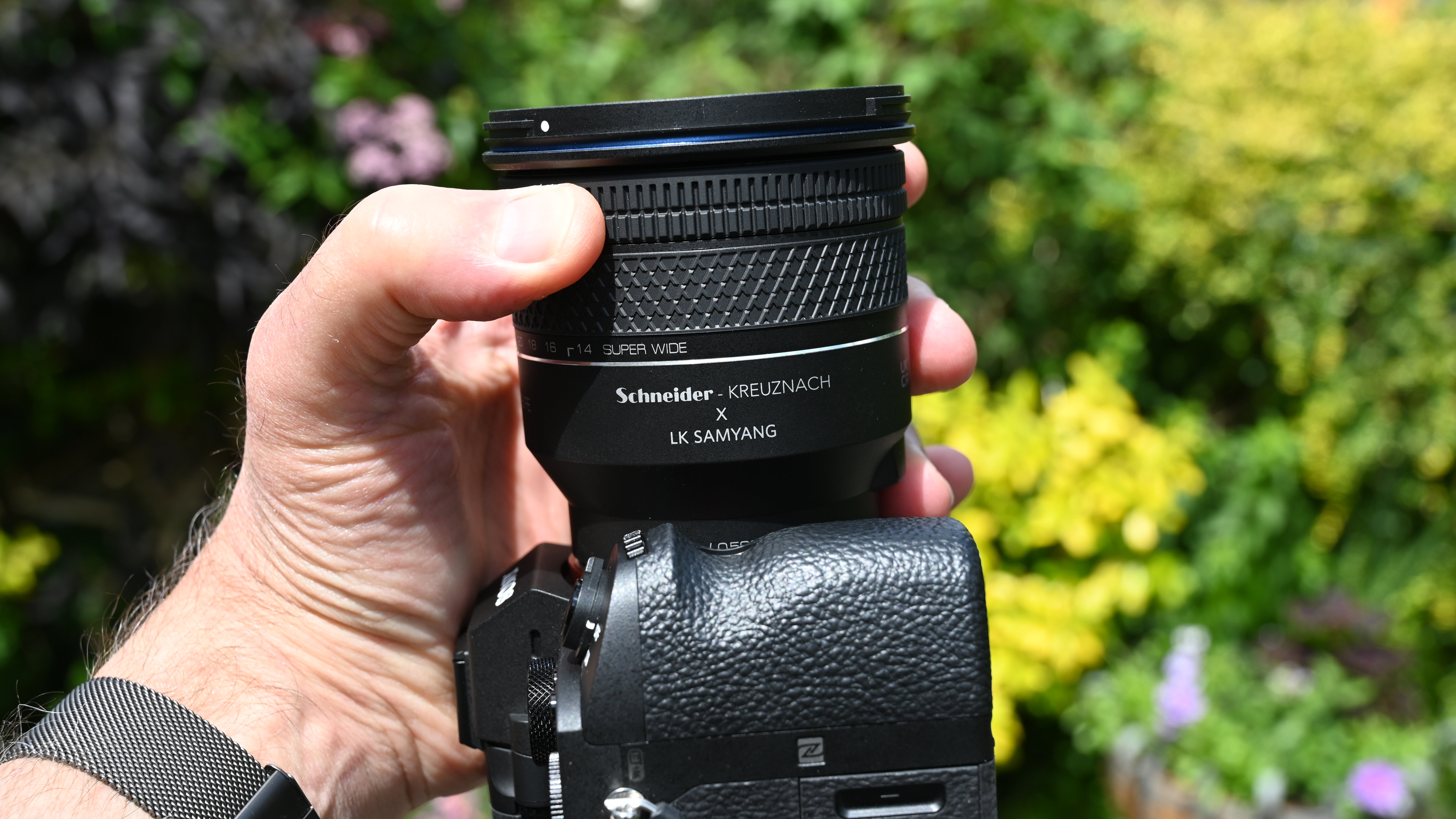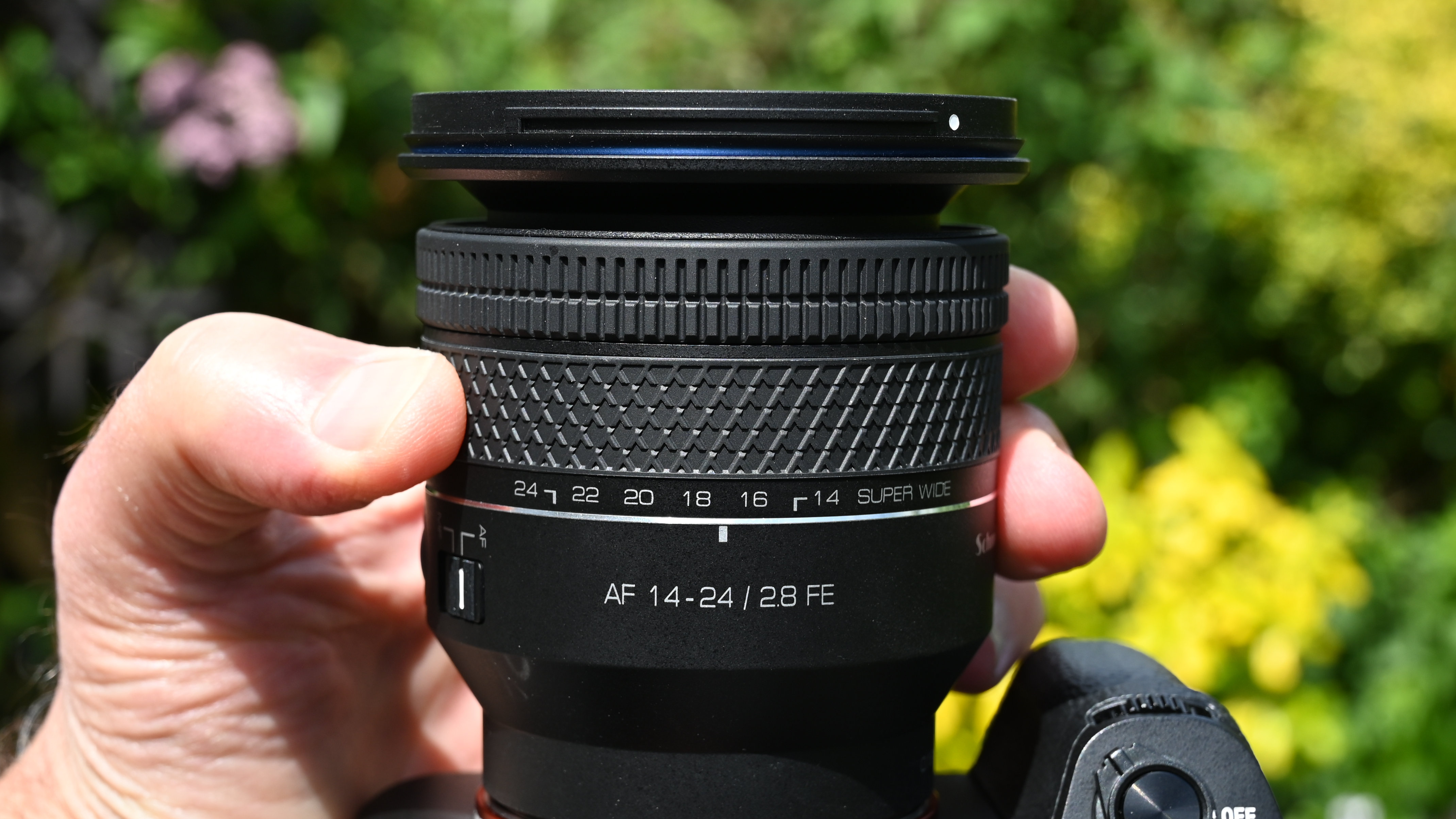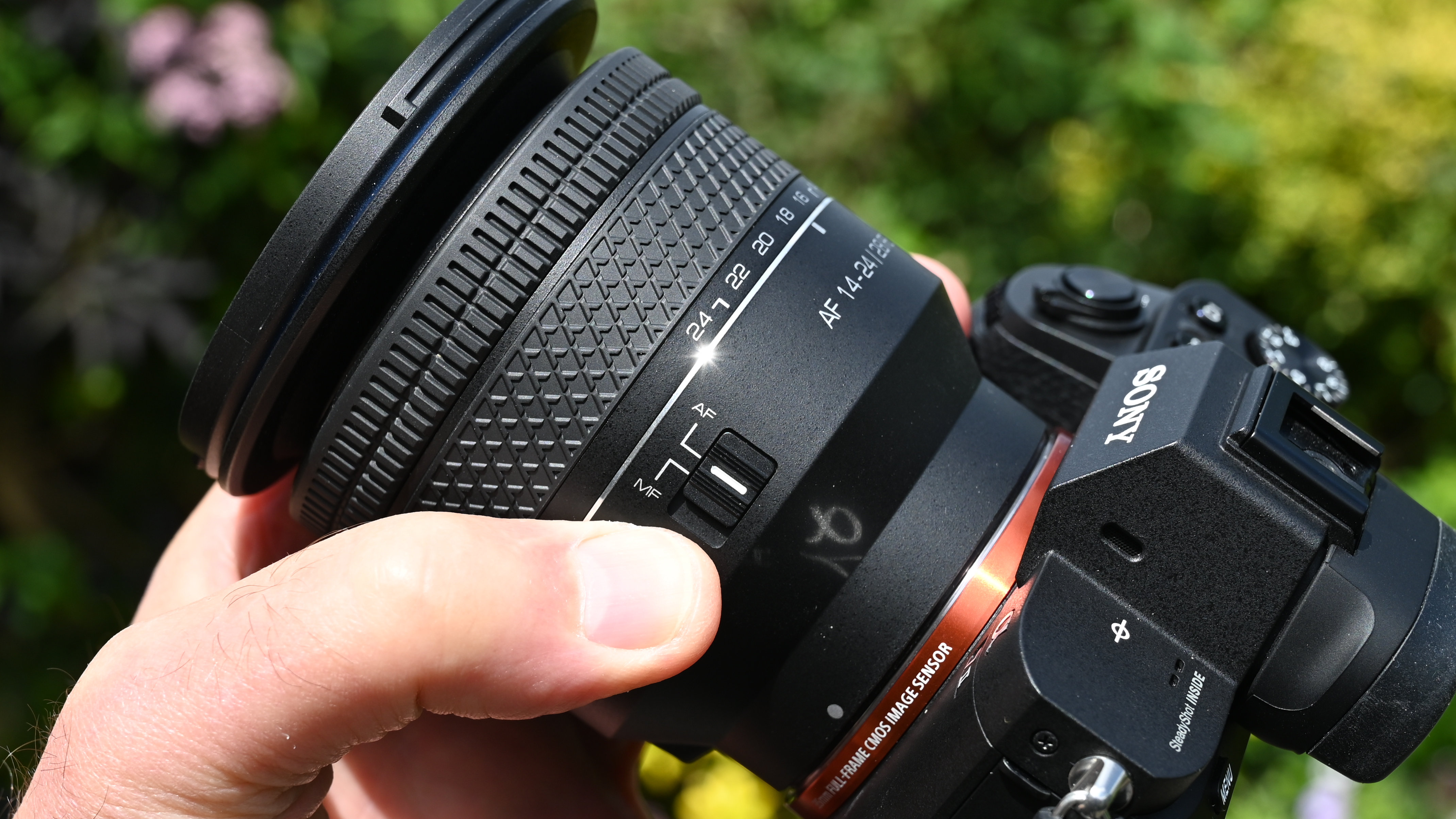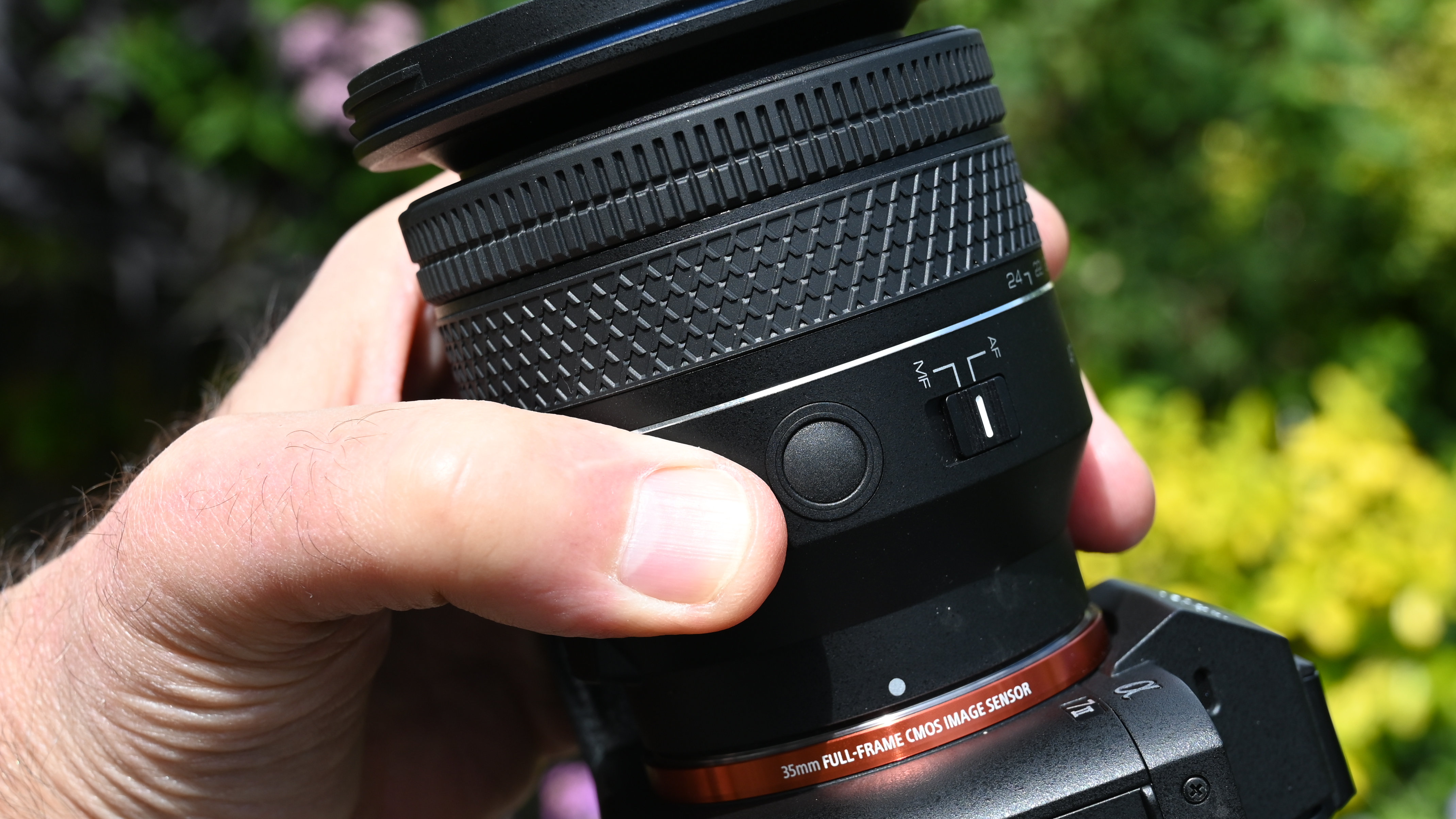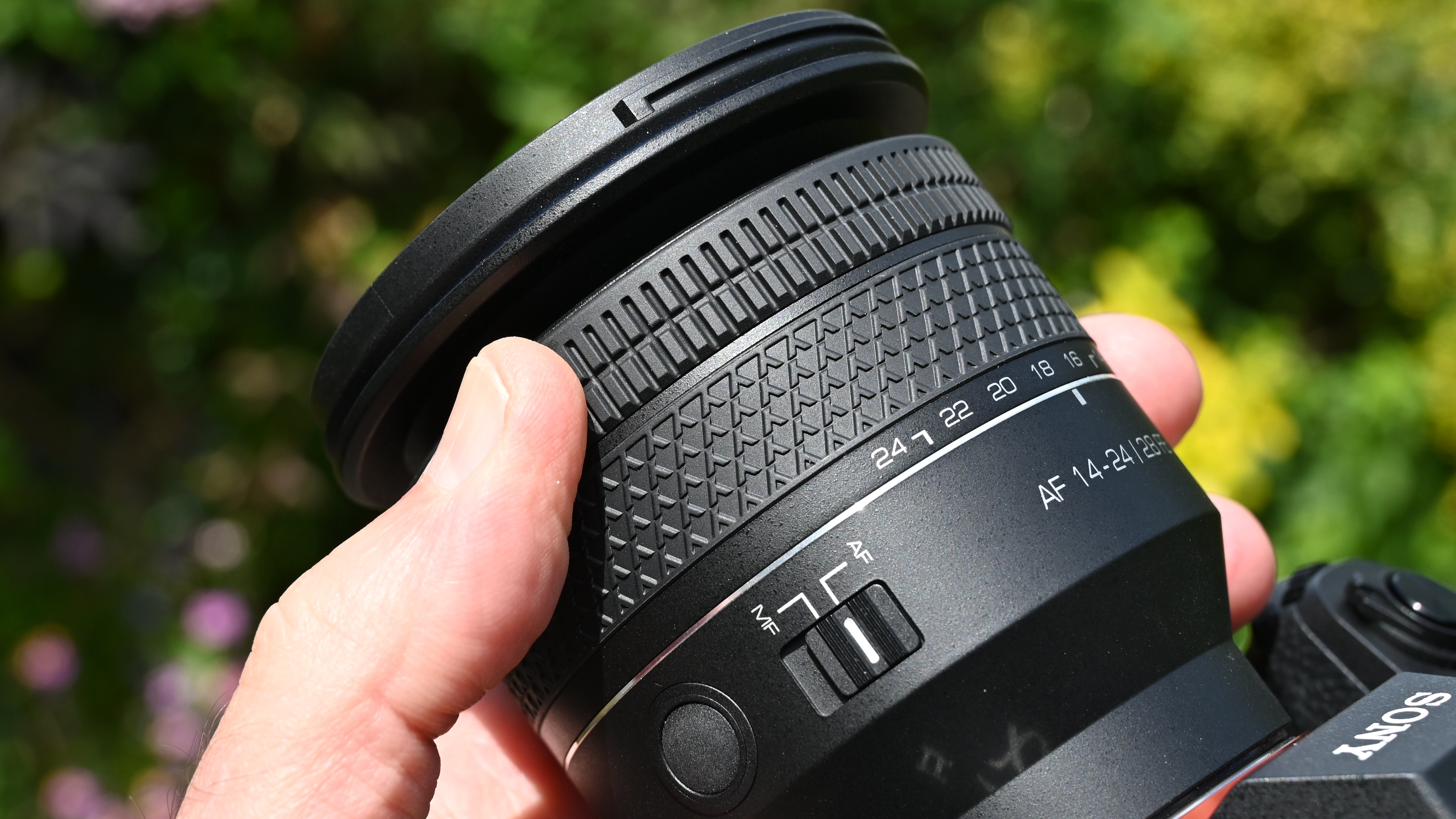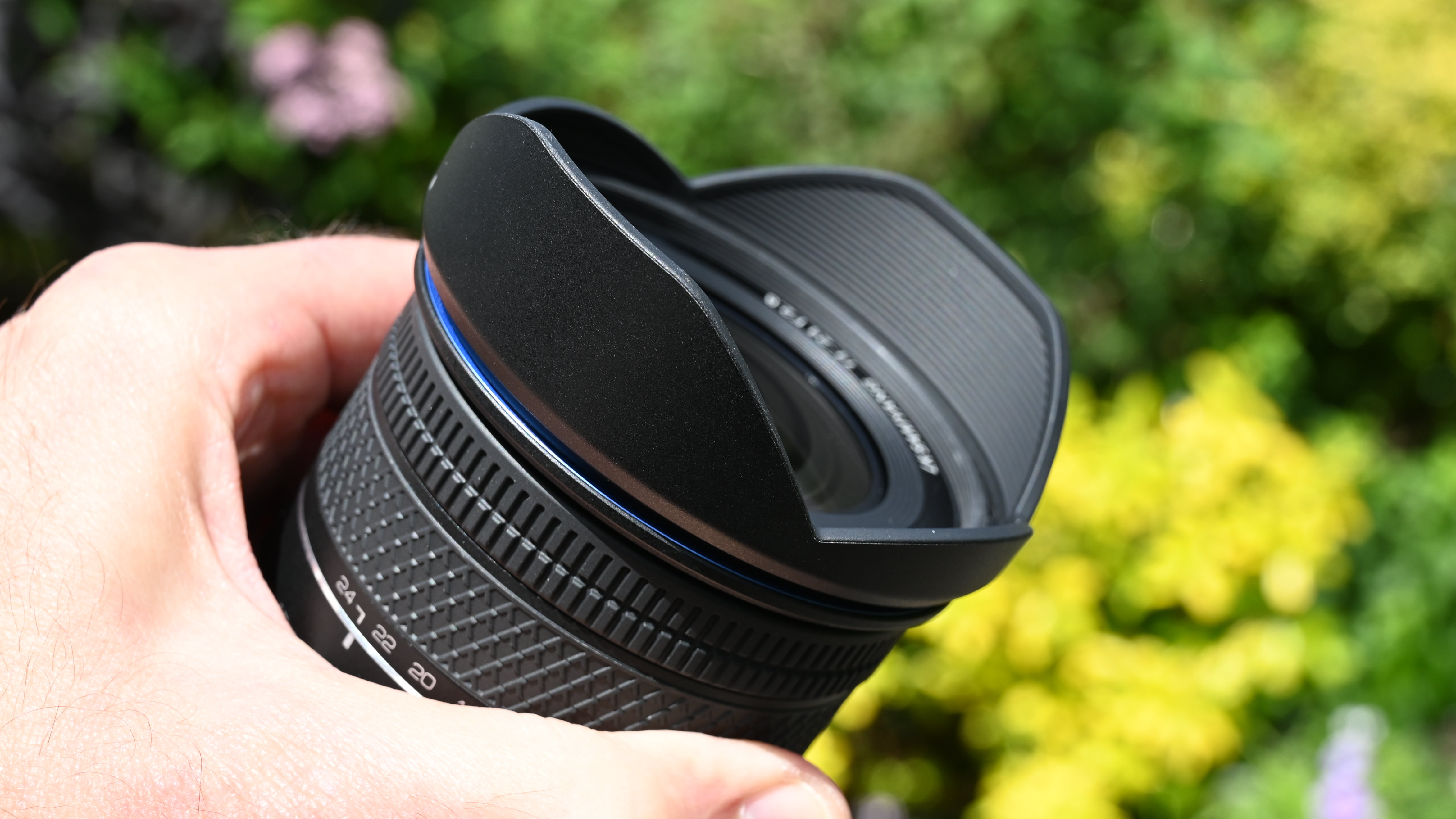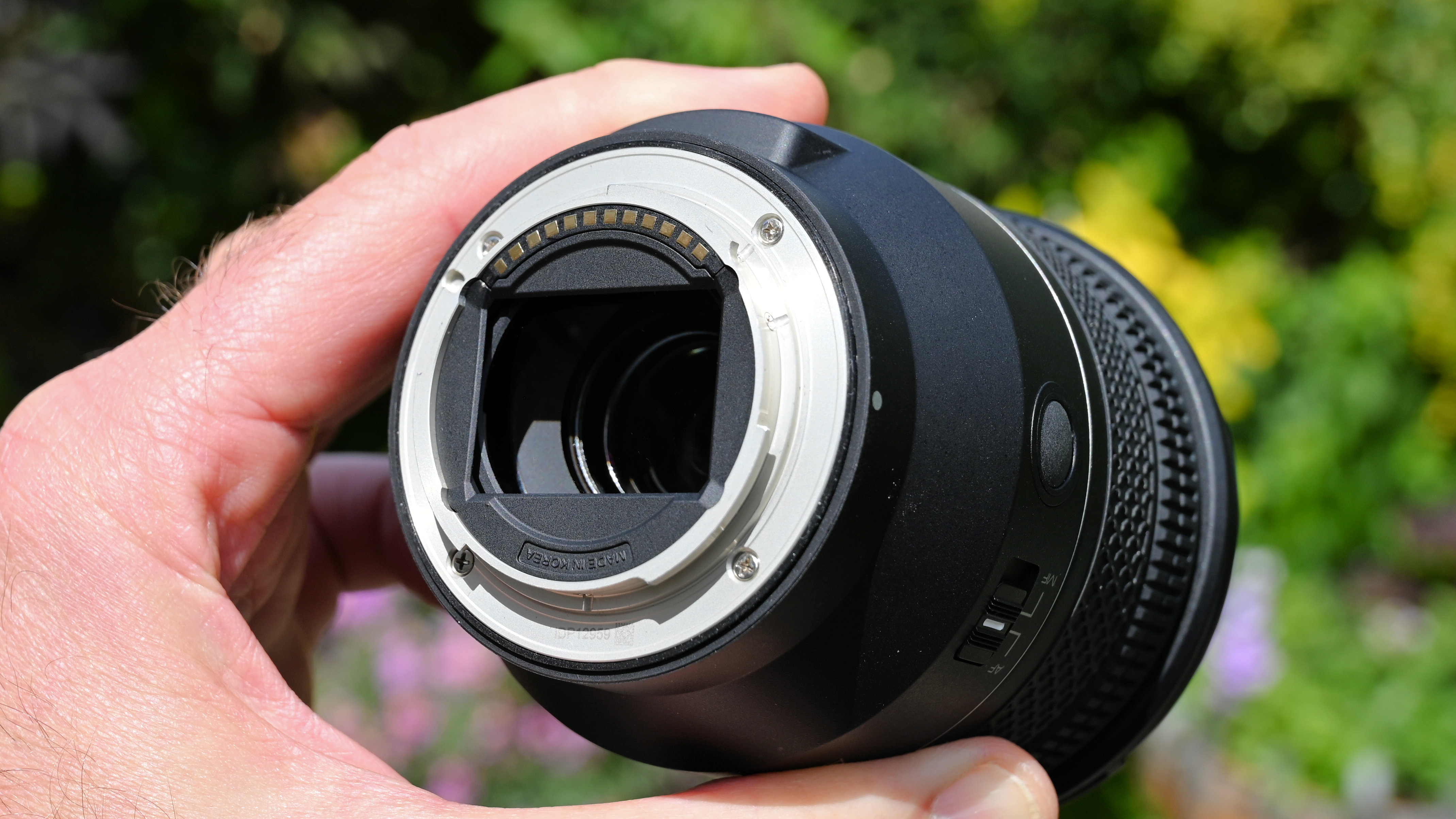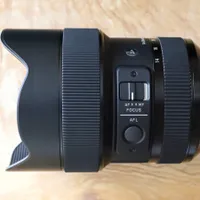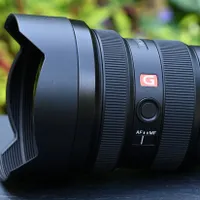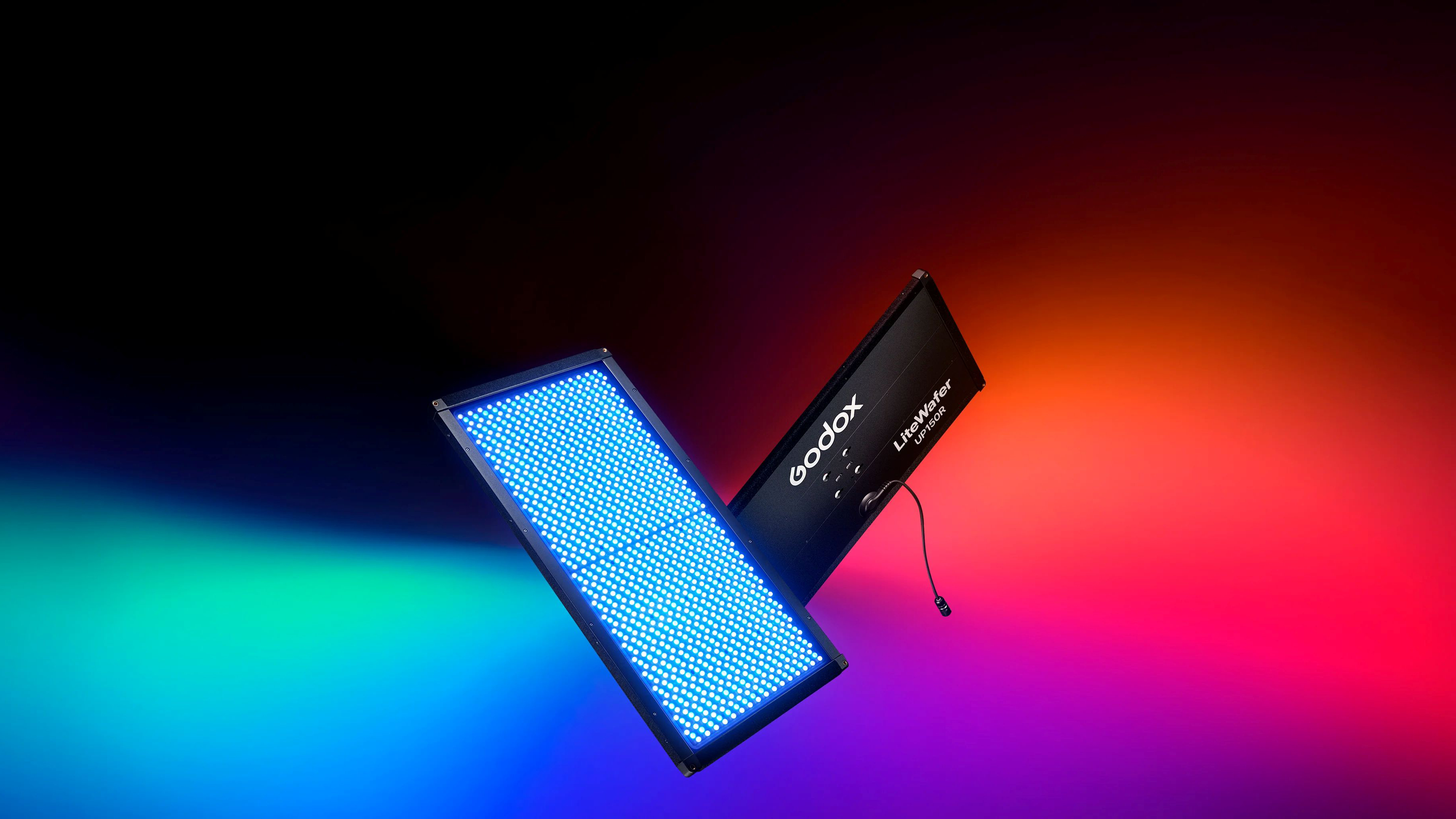Digital Camera World Verdict
The Schneider-Kreuznach LK Samyang AF 14-24mm f/2.8 really took me by surprise. Ultra-wide-angle 14-24mm f/2.8 ‘trinity’ zoom lenses tend to be big, hefty lenses that often have a built-in hood. This one is much smaller and more lightweight, as well as having a removable hood and modestly sized 77mm filter attachment thread. It’s nothing if not convenient but relies heavily on automatic in-camera corrections for distortion and vignetting.
Pros
- +
Compact and lightweight
- +
77mm filter thread
- +
Nice handling
- +
Good build quality
Cons
- -
Relies heavily on auto corrections
- -
No aperture control ring
Why you can trust Digital Camera World
Badged as Samyang in most world regions and as Rokinon in the USA, these lenses hail from South Korea, where the company has been building a solid reputation since 1972. Most of their lenses that I’ve reviewed in the more distant past have been manual-focus primes, including the XP 14mm f/2.4, which I still think is one of the best lenses for astrophotography, if you’re shooting with a Canon or Nikon DSLR. Samyang’s first autofocus lens didn’t arrive until 2018.
More recently, I’ve reviewed the AF 24-70mm f/2.8 FE, AF 50mm f/1.4 FE II and AF 135mm f/1.8 FE, all of which have impressed me as thoroughly modern autofocus optics.
Following suit in being designed for Sony full-frame mirrorless cameras, the new Samyang x Schneider AF 14-24mm f/2.8 FE that I’m reviewing here is the company’s first-ever ultra-wide-angle zoom lens, and is the result of a design collaboration between Samyang Optics and the legendary German optical pioneer Schneider-Kreuznach. As such, it aims to be one of the best lenses for landscape photography as well as one of the best wide-angle lenses for Sony cameras.
Samyang / Rokinon AF 14-24mm f/2.8 FE: Specifications
Mount options | Sony E (FE) |
Lens construction | 15 elements in 11 groups |
Angle of view | 142.2 to 84.1 degrees |
Diaphragm blades | 9 |
Minimum aperture | f/22 |
Minimum focus distance | 0.18m / 0.59ft |
Maximum magnification | 0.26x |
Filter size | 77mm |
Dimensions | 84x88.8mm / 3.31x3.5in |
Weight | 445g / 0.98lb |
Samyang / Rokinon AF 14-24mm f/2.8 FE: Price
For Sony full-frame mirrorless cameras, the AF 14-24mm f/2.8 FE goes up against competitors like the Sigma 14-24mm f/2.8 DG DN Art at $1,535 / £1,319 / AU$1,944 and the even more ultra-wide Sony FE 12-24mm f/2.8 G Master lens at $2,998 / £2,899 / AU$4,968. Both of these are terrific lenses but they’re also fairly chunky and weighty, and both have built-in lens hoods which is a drawback for landscape photography, as you can’t easily attach filters. The Samyang matches the Sigma and Sony for their ‘trinity’ f/2.8 constant aperture but it includes a filter thread and at just $1,199 / £1,050 / AU$1,999, is rather less expensive than the Sigma and only about a third of the price of the Sony, in many world regions.
Samyang / Rokinon AF 14-24mm f/2.8 FE: Design & Handling
I’ve owned various ‘trinity’ wide-angle zooms in the past, with a relatively fast and constant f/2.8 aperture. They tend to be pro-grade lenses with price tags to match, and are often relatively big, heavy and have an inconveniently integral hood. More recently I’ve preferred to set my sights, or at least my ‘speed’ a bit lower, with an f/4 lens like the Nikon Z 14-30mm f/4 S. Sure, I lose an f/stop but unless I’m shooting starry night skies, I don’t really mind. Upsides include a more compact and lightweight build, a more affordable price tag, and a modestly sized filter attachment thread, often rather than none at all. Despite its constant f/2.8 aperture, this Samyang lens looks and feels much more like an f/4 lens. It’s small, light and easily manageable, has a 77mm filter thread and is relatively affordable.
Typical of modern lenses for mirrorless cameras, autofocus is driven by a virtually silent stepping motor, and there’s no focus distance scale. However, you do get the usual zoom scale, with a number of marked focal lengths, and I really like the eye-catching design and tactile feel of rubberized control ring.
One handling bonus that I always like to see is an auto/manual focus switch. When you’re trying to get a shot and autofocus is struggling, it’s great being able to switch to manual focus without having to waste time diving into the camera’s menu system to make the change. The Samyang obliges with a clearly marked AF/MF switch.
The best camera deals, reviews, product advice, and unmissable photography news, direct to your inbox!
Just below the AF/MF focus mode switch, there’s a function button that falls neatly under the thumb in landscape orientation shooting. This in nominally for autofocus hold/lock but can be customized to take on other functions depending on the camera body.
The only real drawback of the diminutive build from a handling perspective is that the zoom and focus control rings are quite narrow and are also right next to each other. You need to exercise a little care in only twisting the ring you want but I found that I soon got a feel for it.
As I’ve mentioned, a big plus point for landscape photography and other scenarios is that the front of the lens doesn’t have a bulbous element and sits fully within the barrel. This makes it easy to fit filters and they’re not too big either, as the lens has a very modestly sized 77mm filter attachment thread. That’s pretty amazing for a 14-24mm f/2.8 ultra-wide zoom.
As I’d expect, a petal shaped hood is supplied with the lens. This helps to reduce ghosting and flare which can often be a problem when shooting with wide-angle lenses.
Build quality feels robust and the lens has weather-seals including a rubber gasket on its metal mounting plate, as shown in the image below. The lens also features a USB-C port for applying firmware updates if and when necessary.
Samyang / Rokinon AF 14-24mm f/2.8 FE: Performance
As they say, you can’t fit a quart into a pint pot. And yet this lens shoehorns an ultra-wide 14-24mm zoom range with a relatively fast and constant f/2.8 aperture into a package that measures a mere 84x88.8mm / 3.31x3.5in and only weights 445g / 0.98lb. Something has to give. And sure enough, the amount of barrel distortion is truly heinous at the short end of the zoom range, while vignetting is very heavy at wide apertures. In the old days, that would make this lens a write-off. Nowadays, however, automatic in-camera correction is par for the course and many modern lenses designed for mirrorless cameras can’t be used at all without these corrections. Unlike some, the Samyang did give me the option of disabling corrections in the camera menu of my Sony A7 II but I definitely wouldn’t recommend it.
Obvious uses for the lens are for shooting landscapes, cityscapes, architectural interiors and for astrophotography. With those in mind, sharpness at medium aperture settings is respectable from the center of the frame right out to the edges and corners. Pinpricks of light remain well-rounded even at the widest aperture of f/2.8, which is good news for astrophotography.
An arguably less obvious use of ultra-wide-angle lenses is that they enable you to get in really close to a subject and accentuate the apparent distance between it and the background. The Samyang obliges with a very short minimum focus distance of just 0.18m / 0.59ft, which enables a generous maximum magnification of 0.26x. Using the widest aperture of f/2.8 in these conditions, you’re also able to gain a fairly tight depth of field for blurring the background, which takes on a nicely smooth appearance.
I found that the lens performed well in terms of resistance to ghosting and flare. That can often be a problem with ultra-wide-angle lenses, as they suck so much sky into the image frame. The Samyang also worked well in the shadows, delivering very good clarity, contrast and color rendition under low, flat lighting.
Samyang / Rokinon AF 14-24mm f/2.8 FE: Sample Images
The following gallery of example images was shot in the English city of Bath. It combines shots taken in shadows and light, indoors under subdued lighting and outdoors in bright sunshine.
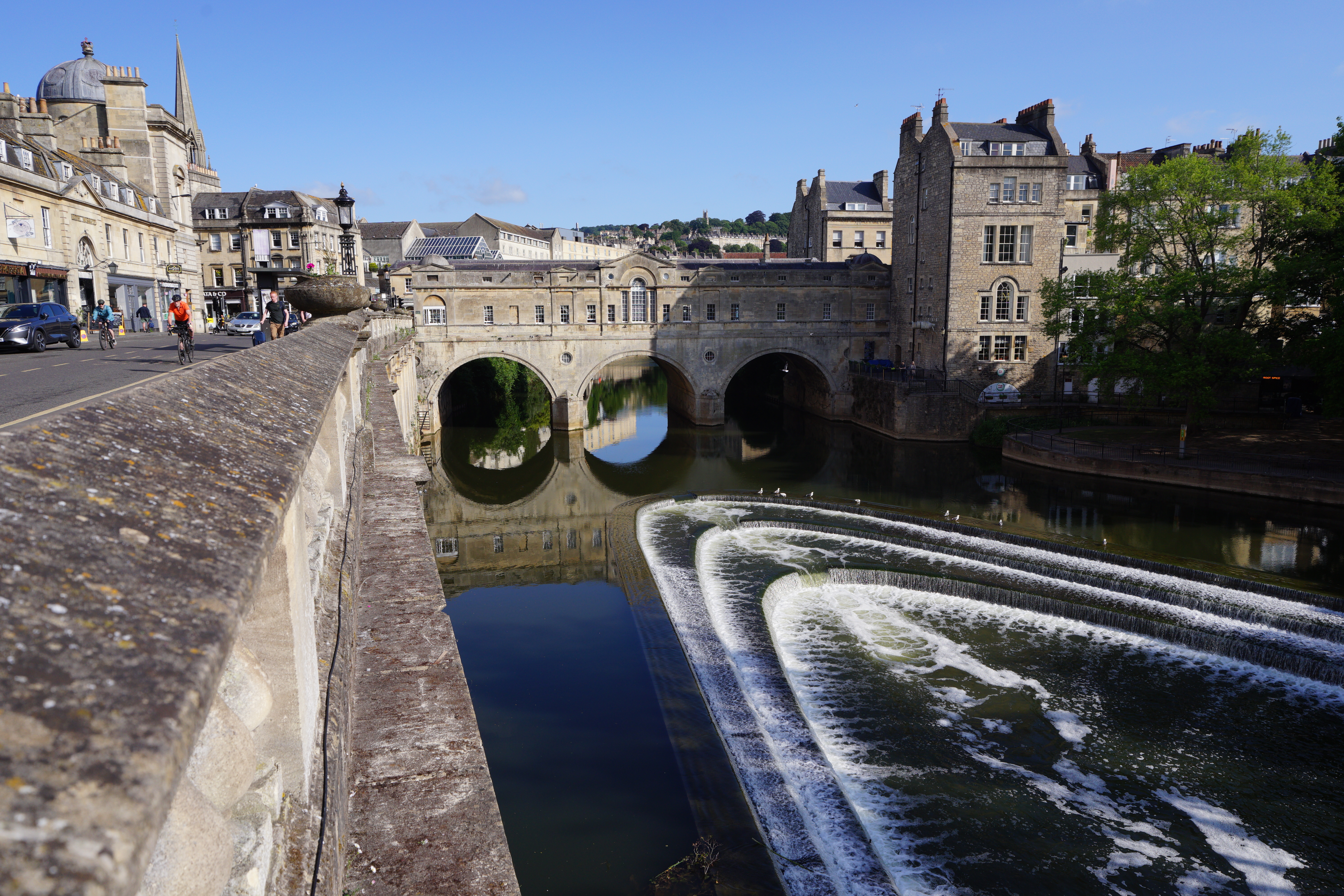
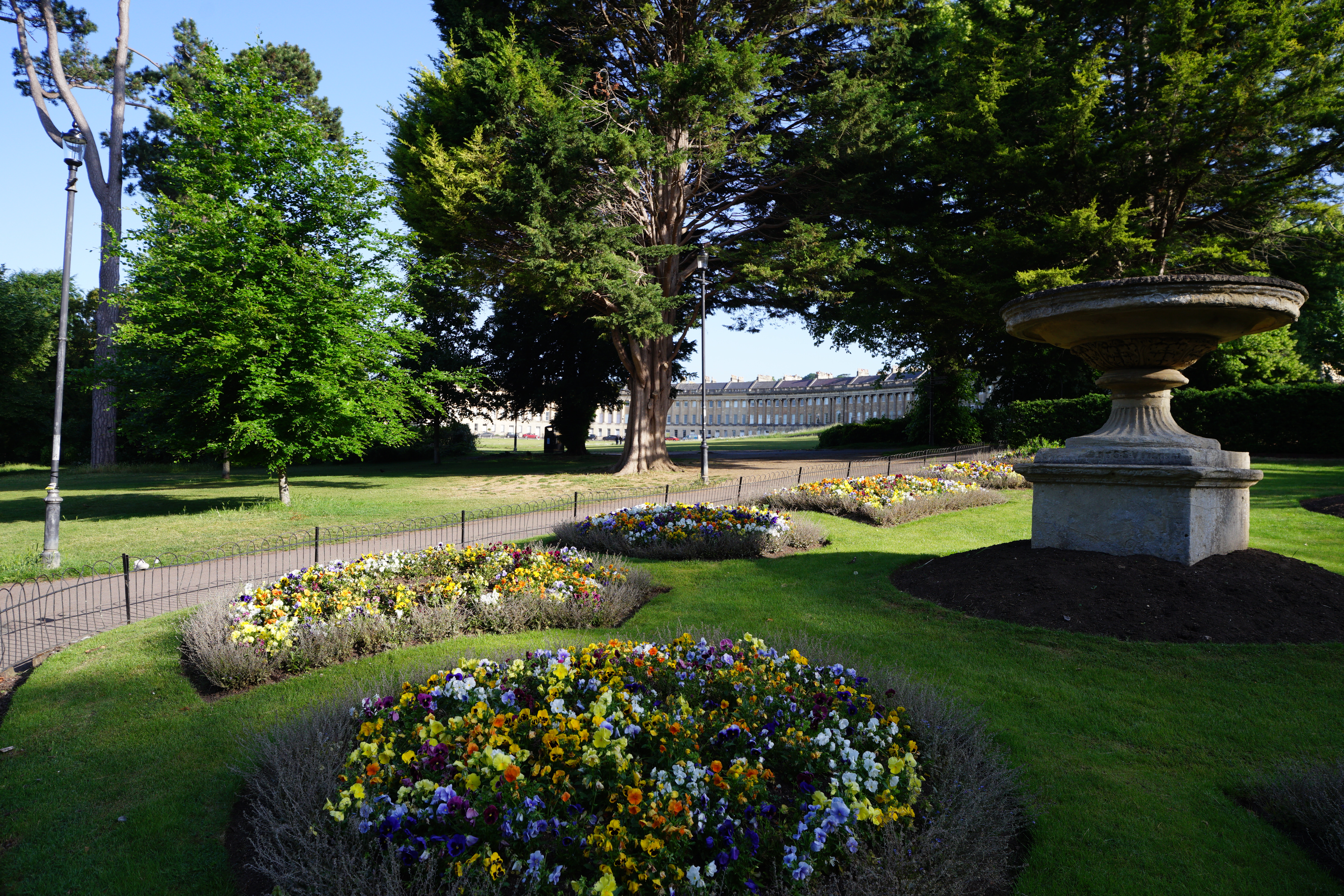
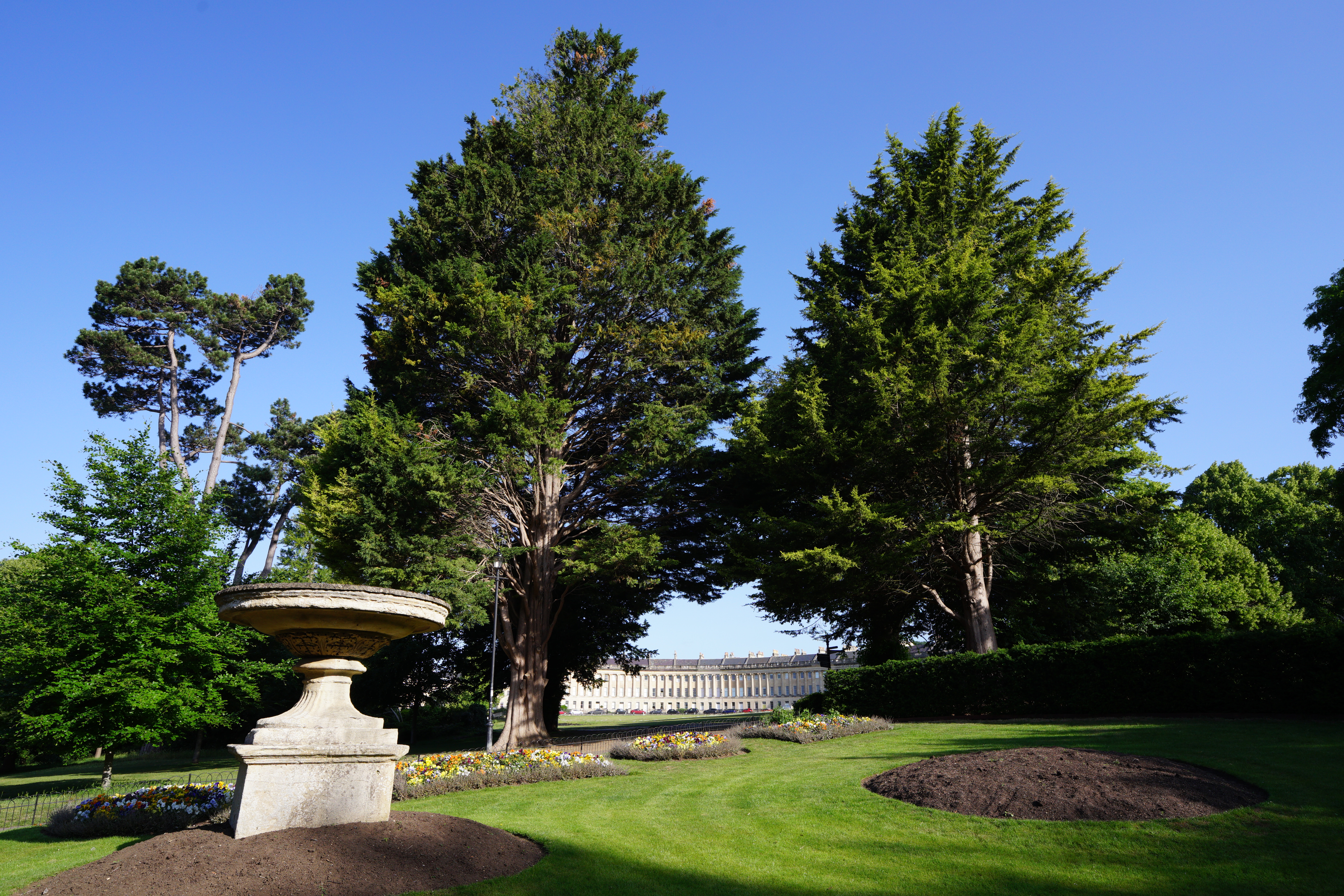


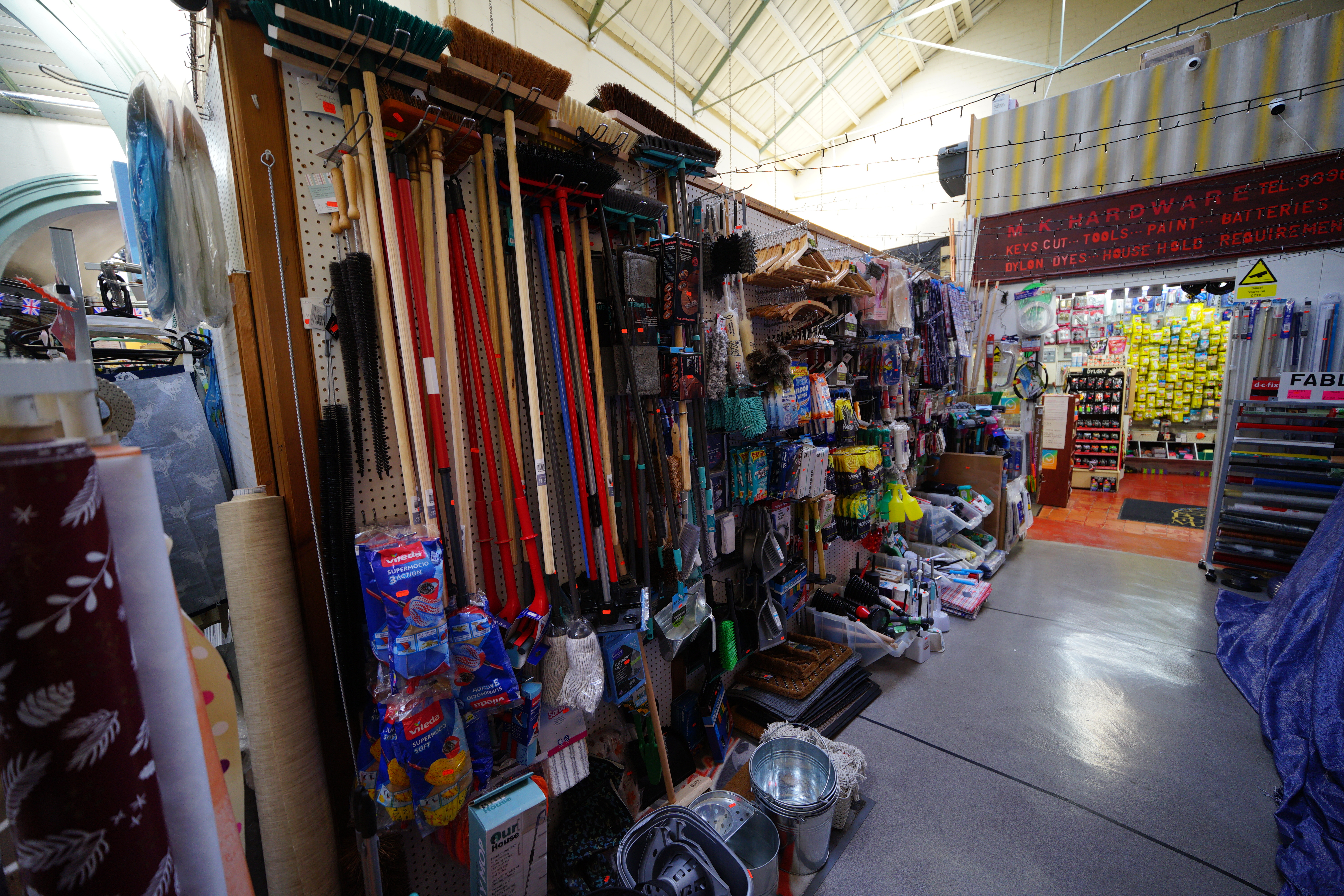
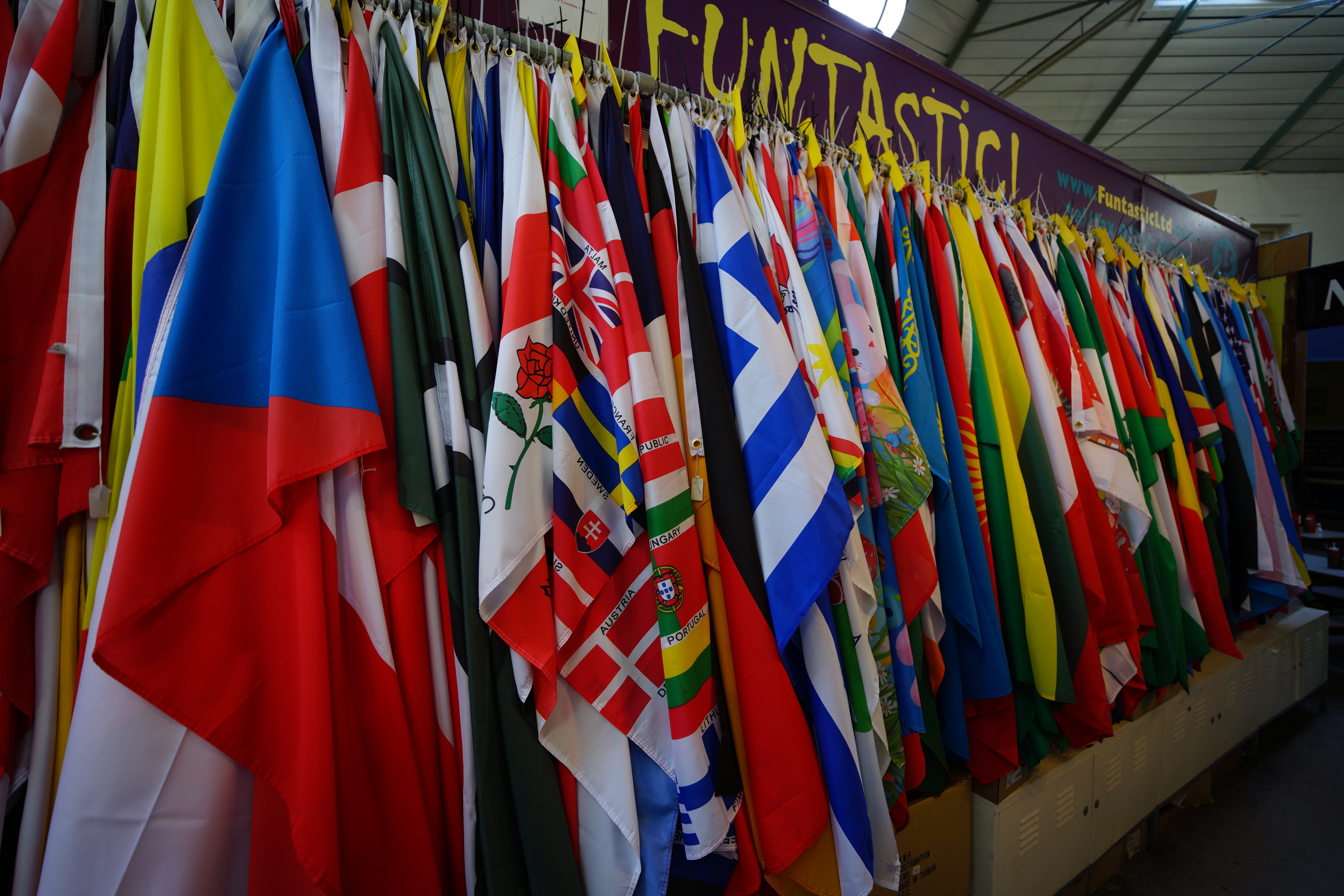
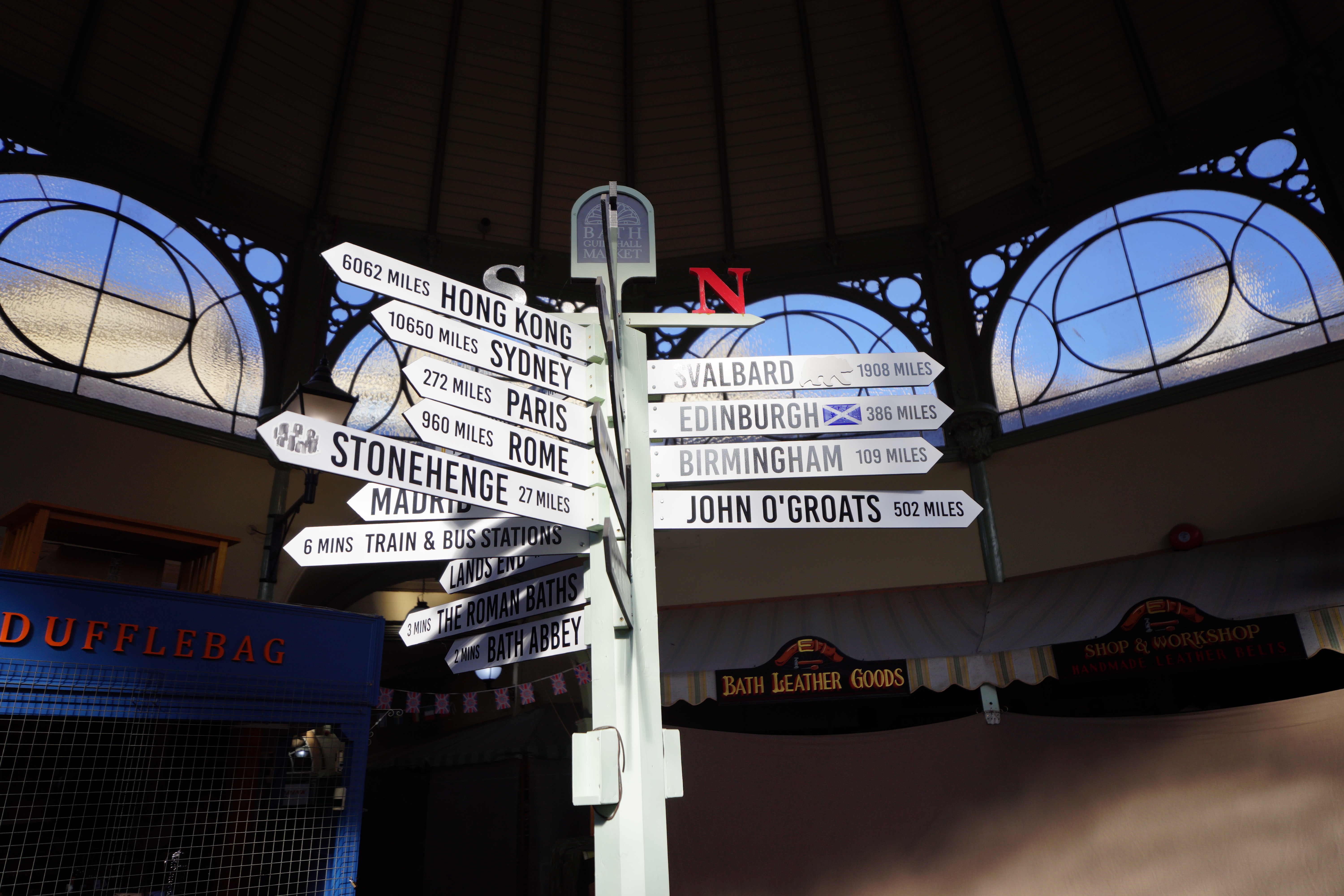




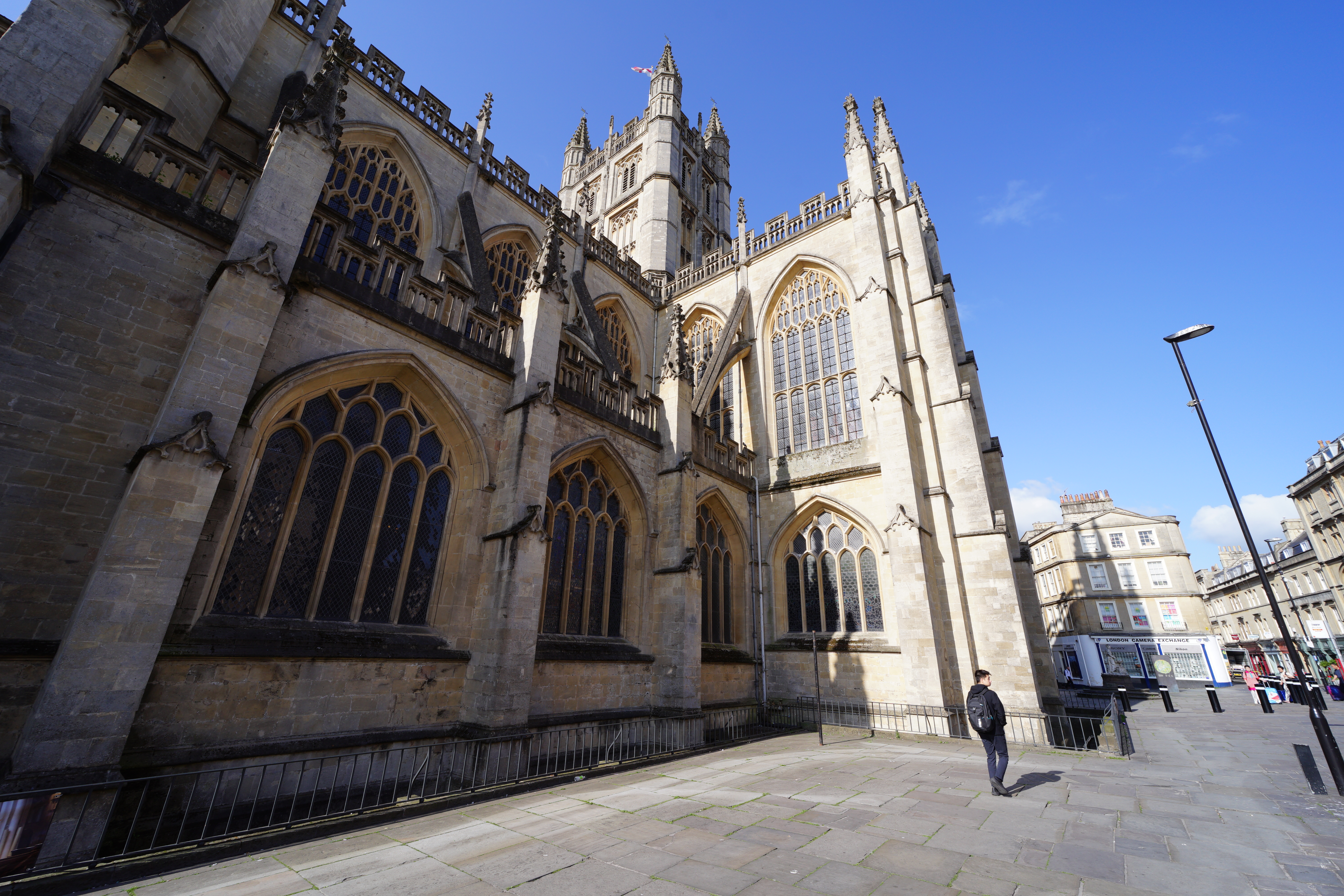

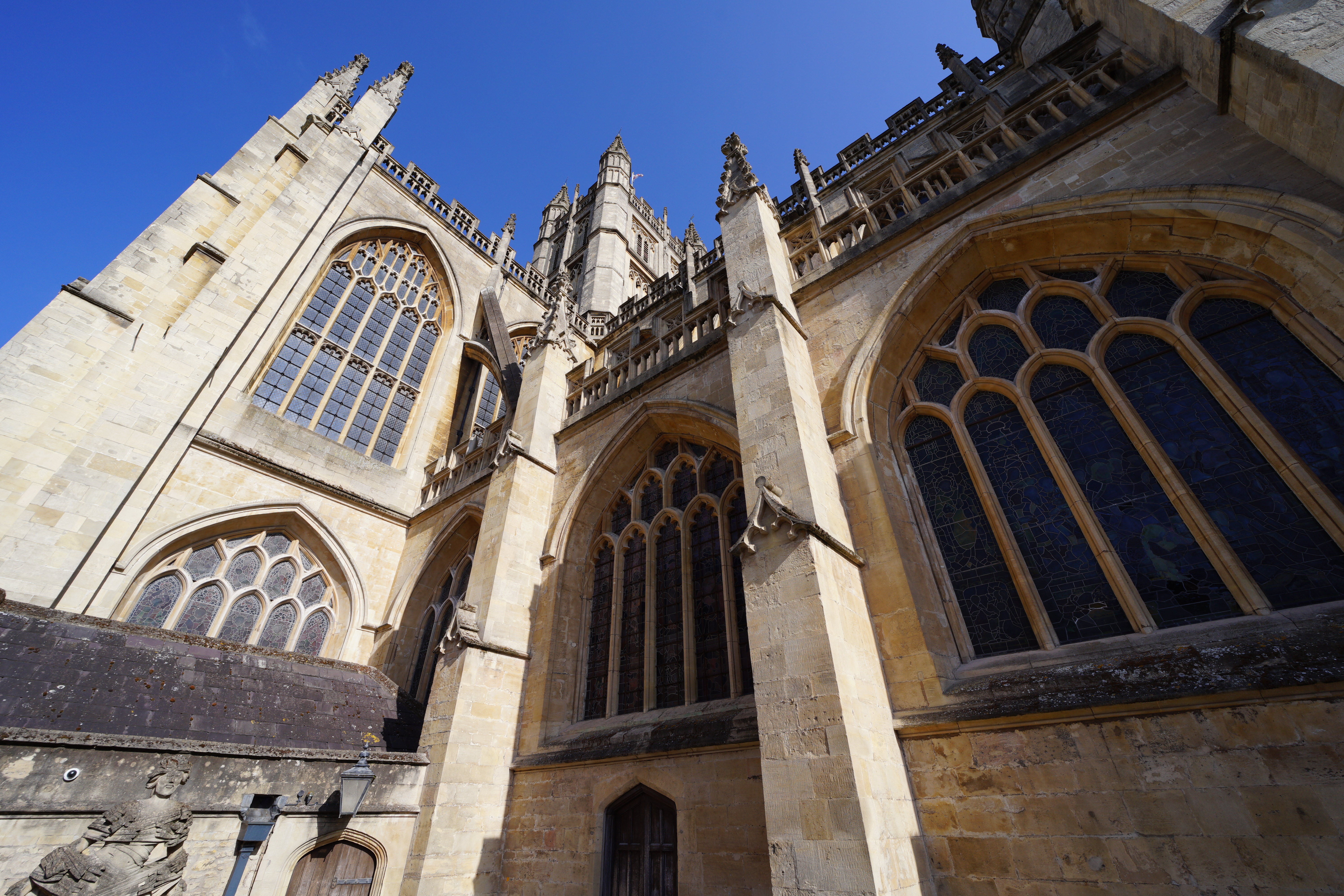
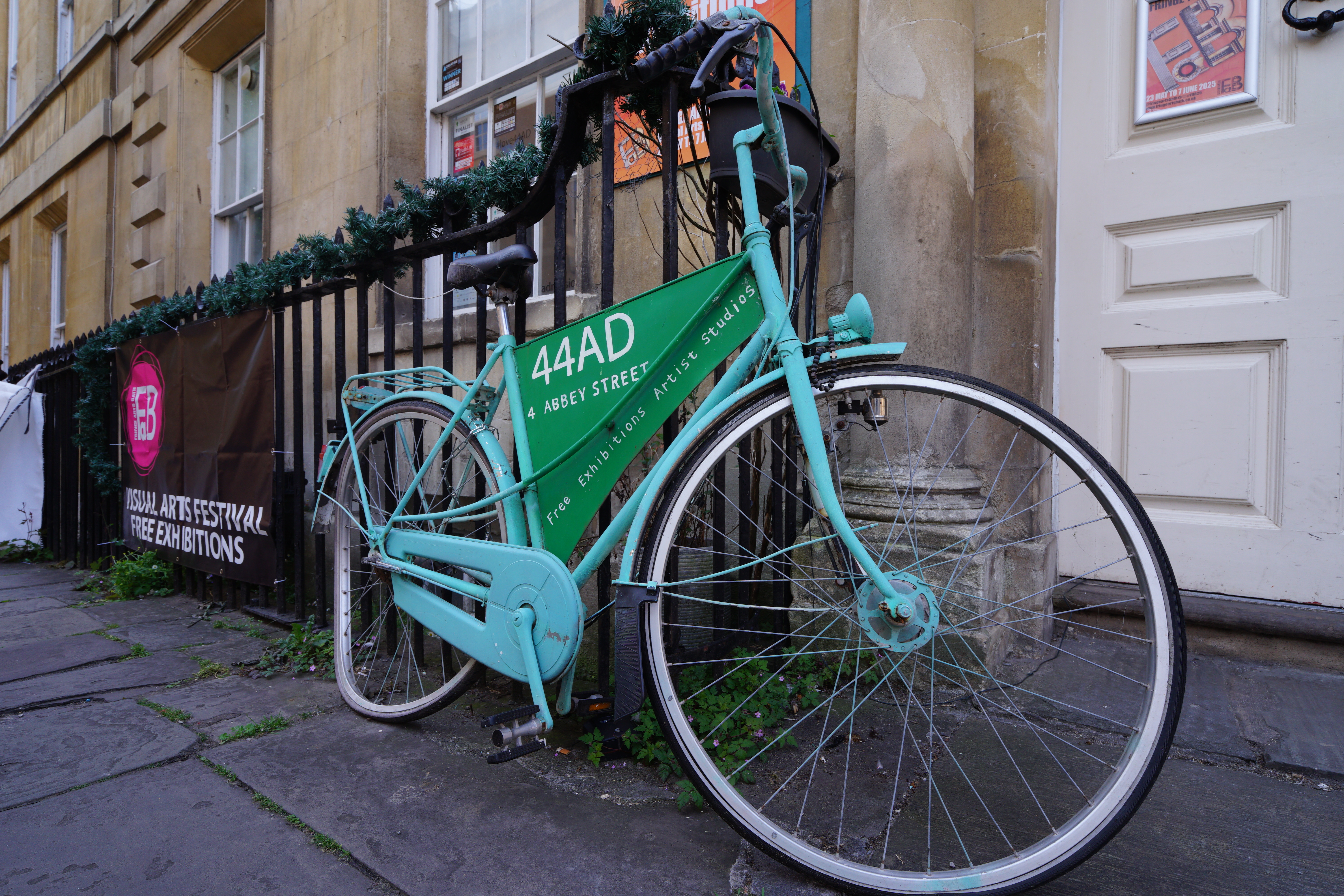


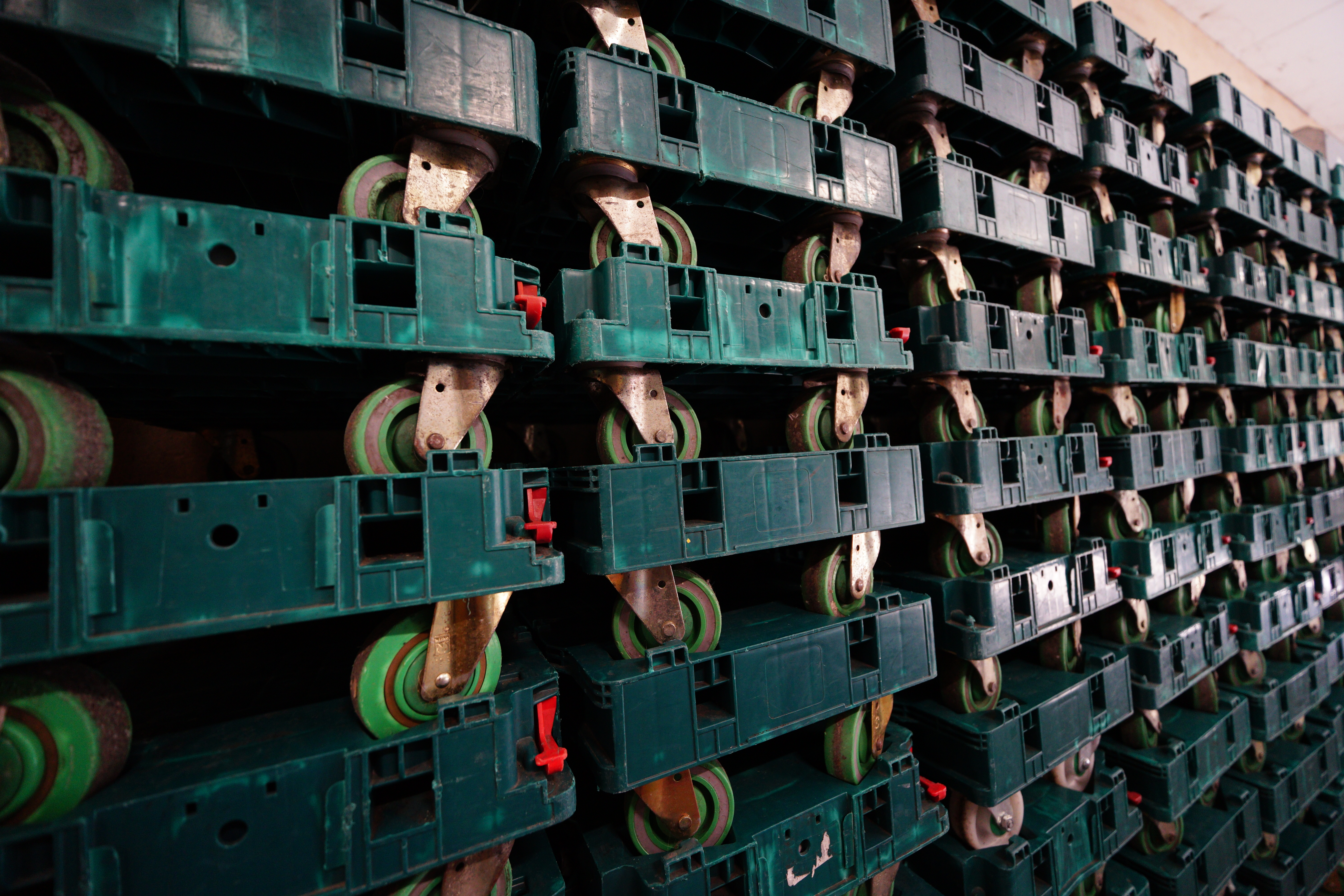
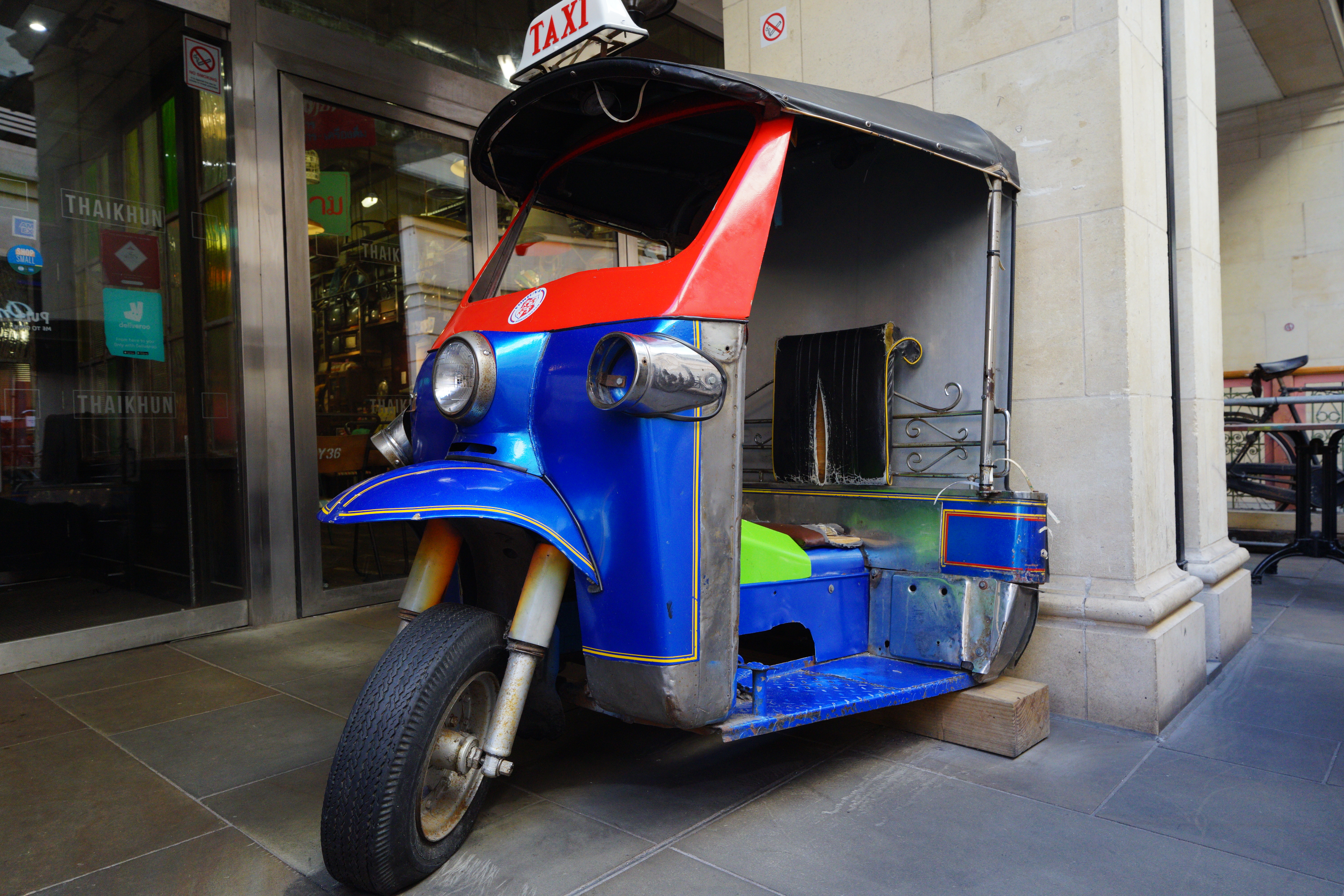



Samyang / Rokinon AF 14-24mm f/2.8 FE: Lab Results
We run a range of lab tests under controlled conditions, using the Imatest Master testing suite. Photos of test charts are taken across the range of apertures and zooms (where available), then analyzed for sharpness, distortion and chromatic aberrations.
We use Imatest SFR (spatial frequency response) charts and analysis software to plot lens resolution at the center of the image frame, corners and mid-point distances, across the range of aperture settings and, with zoom lenses, at four different focal lengths. The tests also measure distortion and color fringing (chromatic aberration).
Sharpness:
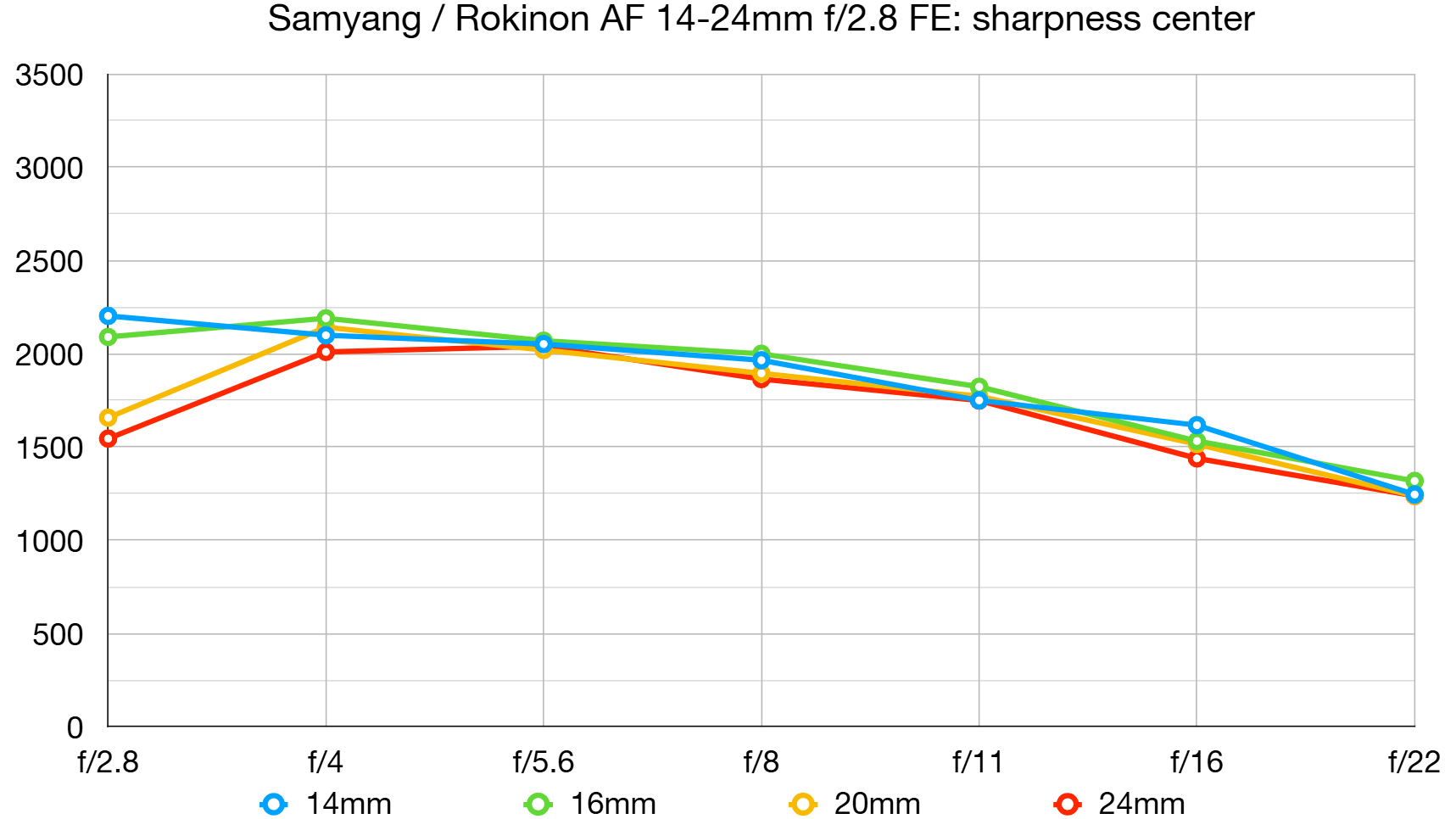
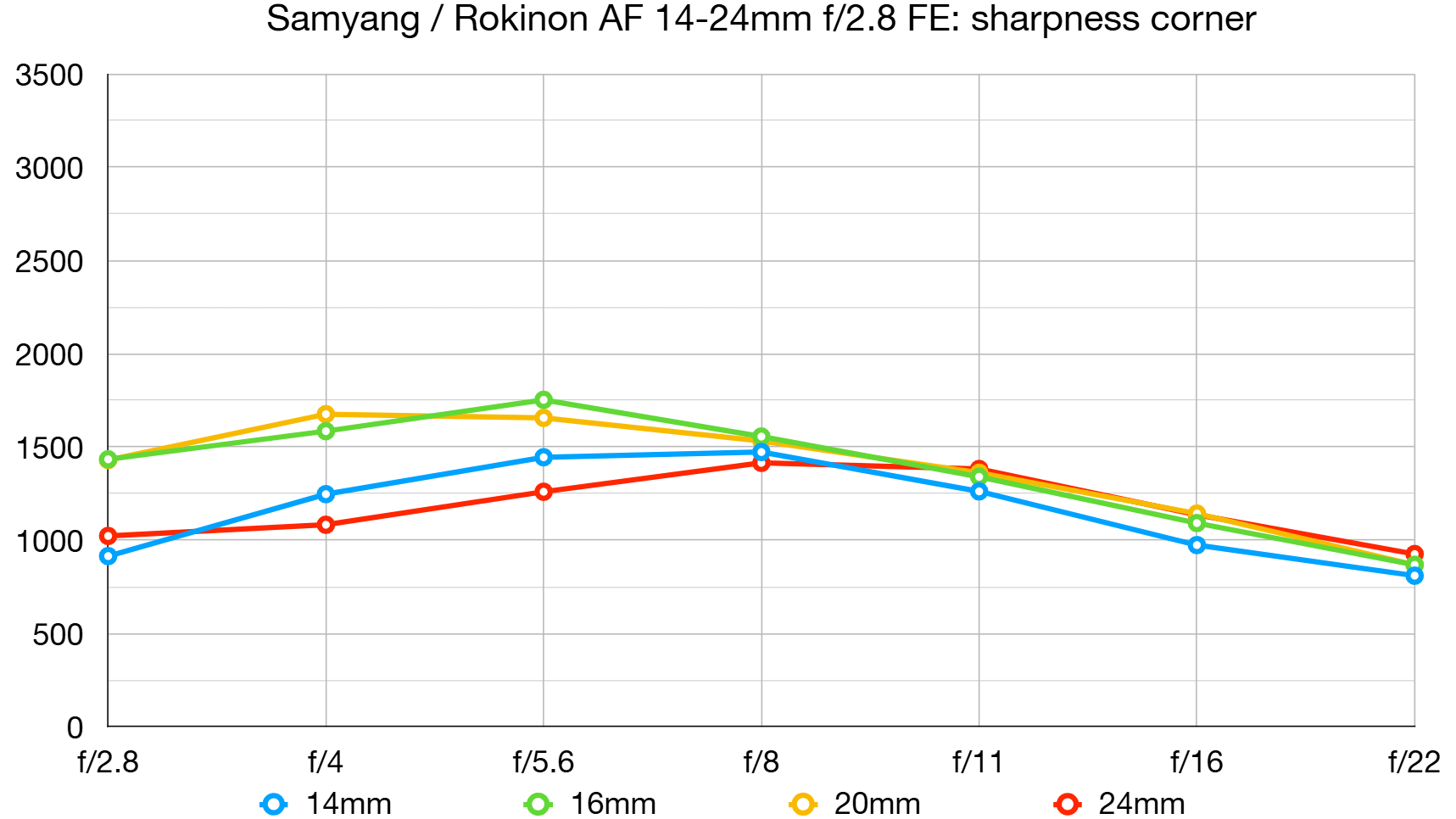
In the short half of the zoom range, center sharpness is excellent even when shooting wide-open at f/2.8, although it pays to stop down to f/5.6 to f/11 for optimum edge/corner sharpness. In the longer half of the zoom range, it’s also best to stop down a little for the best center sharpness.
Fringing:

Control over both lateral and axial chromatic aberrations is very good indeed. There’s almost no color fringing to be seen anywhere in the image frame, even with automatic in-camera correction disabled.
Distortion:

Barrel distortion is dire at 14mm and not much better at 16mm, although it’s relatively minimal in the 20-24mm sector of the zoom range. As with many lenses designed for mirrorless cameras nowadays, automatic in-camera correction is heavily relied upon.
Samyang / Rokinon AF 14-24mm f/2.8 FE: Verdict
I feel that the Samyang / Rokinon AF 14-24mm f/2.8 FE works really well and ticks all the right boxes for shooting landscapes, cityscapes, architectural interiors and for astrophotography. That’s pretty much to be expected from an ultra-wide-angle zoom lens with a constant f/2.8 aperture. However, it’s incredibly compact and lightweight for this class of lens. I’d therefore add travel photography and even vlogging to its hit list, the latter helping you to set yourself against an expansive backdrop. I also really like that I can easily attach filters to the lens, and that the 77mm thread is such a modest size. All in all, this ultra-wide zoom is particularly versatile and even though it relies heavily on in-camera corrections (as do many other recent lenses), the end results can be deeply satisfying.
Features ★★★★☆ | The stepping motor autofocus system and customizable function buttons are neat features, as is the 77mm filter thread. |
Design ★★★★★ | It’s a triumph of design, packing a generous zoom range with an epic field of view and a constant f/2.8 aperture into an amazingly compact and lightweight build. |
Performance ★★★★☆ | As with many modern lenses designed for mirrorless cameras, it relies heavily on automatic in-camera corrections but this enables a smaller construction. |
Value ★★★★☆ | It’s certainly not a cheap lens but I feel it’s competitively priced and very good value for money. |
Alternatives
The Sigma 14-24mm f/2.8 DG DN Art costs rather more than the Samyang in some world regions, at $1,535 / £1,319 / AU$1,944. Despite having the same zoom range and aperture, it’s rather larger and has a built-in, non-removable hood.
The own-brand Sony FE 12-24mm f/2.8 G Master lens costs a big chunk of money at $2,998 / £2,899 / AU$4,968, making it much more expensive to buy than the Samyang. Even so, it’s a fabulous lens. Again it has a built-in hood that causes problems with using filters.
Matthew Richards is a photographer and journalist who has spent years using and reviewing all manner of photo gear. He is Digital Camera World's principal lens reviewer – and has tested more primes and zooms than most people have had hot dinners!
His expertise with equipment doesn’t end there, though. He is also an encyclopedia when it comes to all manner of cameras, camera holsters and bags, flashguns, tripods and heads, printers, papers and inks, and just about anything imaging-related.
In an earlier life he was a broadcast engineer at the BBC, as well as a former editor of PC Guide.
You must confirm your public display name before commenting
Please logout and then login again, you will then be prompted to enter your display name.
